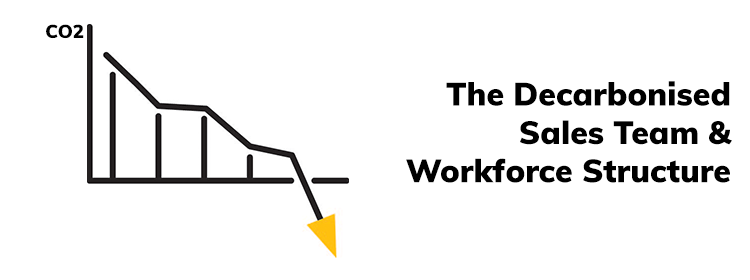
Sales Trend 8 from the Barrett’s 12 Sales Trends Report for 2022 is about the decarbonisation of our sales and service teams and workforce structure.
Many (future-oriented) organisations have been promoting the hybrid work model for years. .....

Sales Trend 8 from the Barrett’s 12 Sales Trends Report for 2022 is about the decarbonisation of our sales and service teams and workforce structure.
Many (future-oriented) organisations have been promoting the hybrid work model for years. .....
New Article Email Notification